最后
由于篇幅限制,小编在此截出几张知识讲解的图解
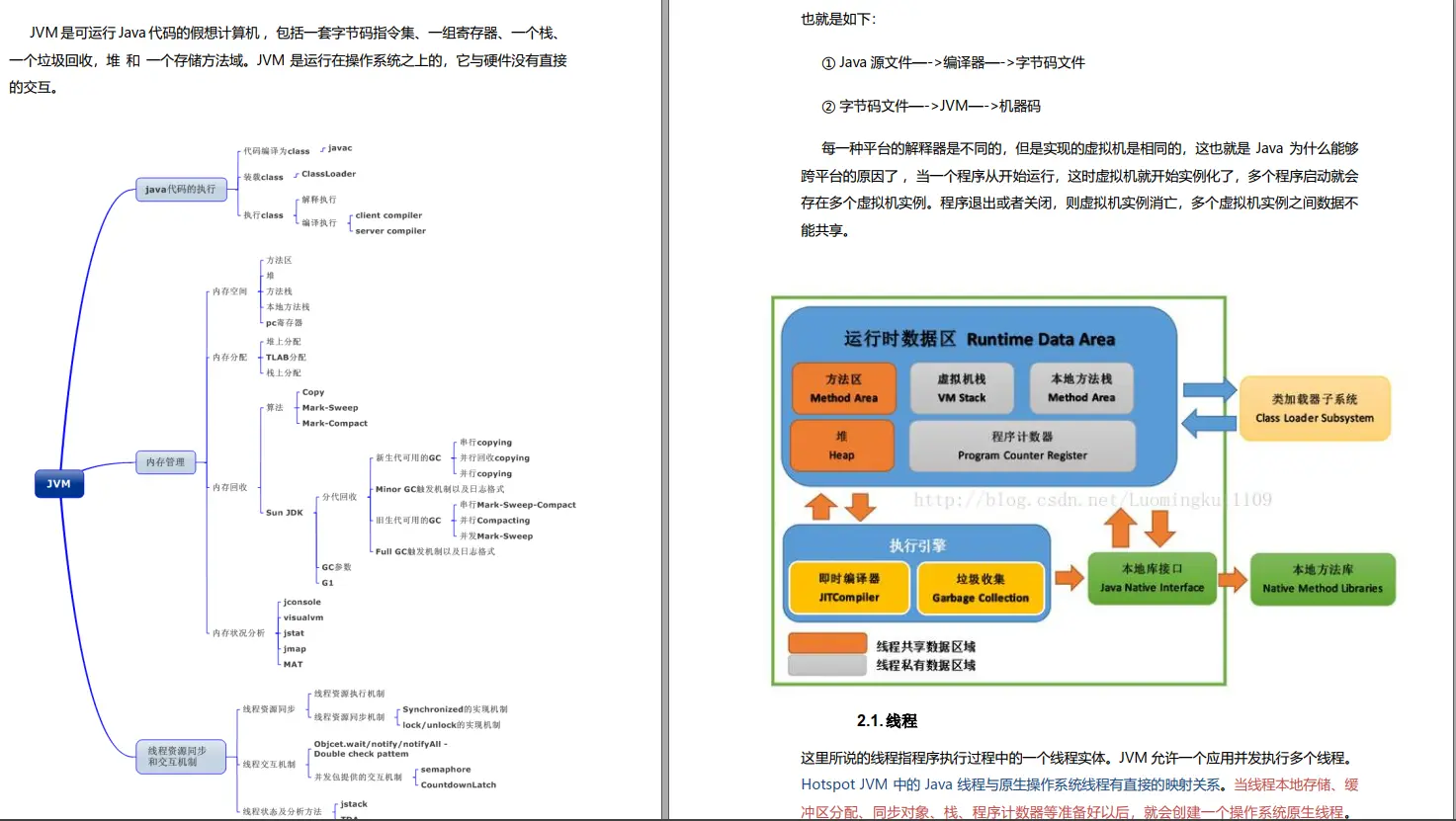
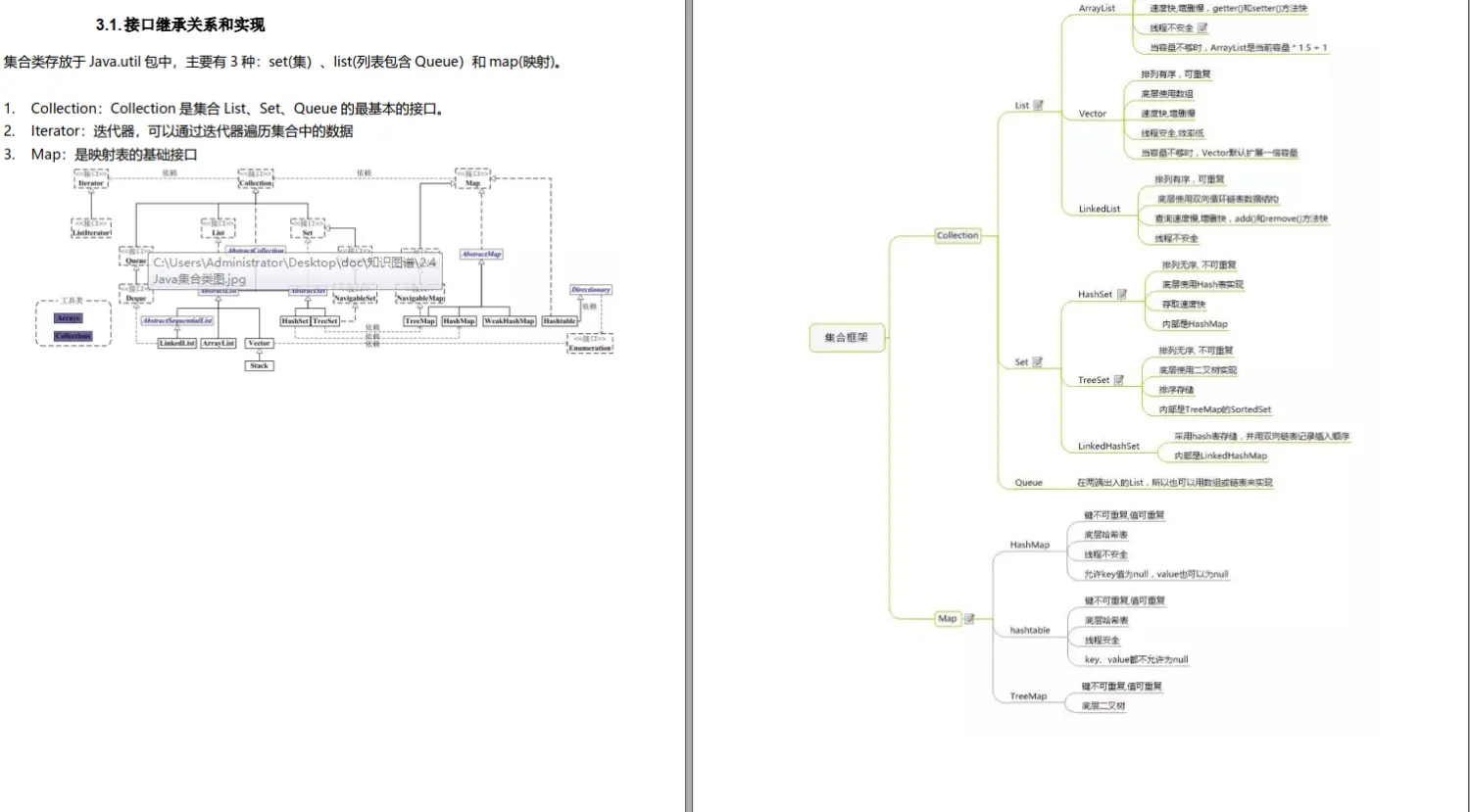
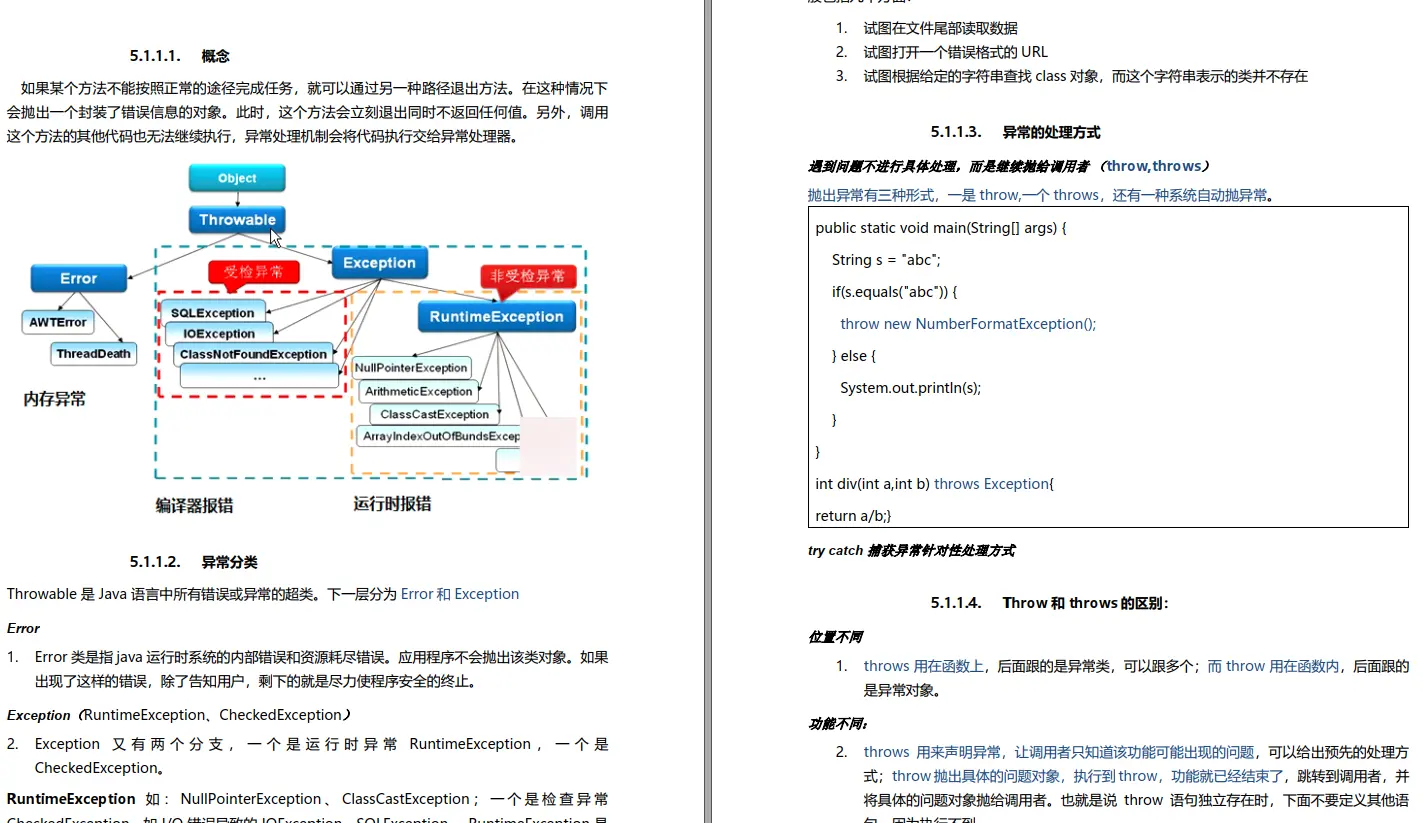
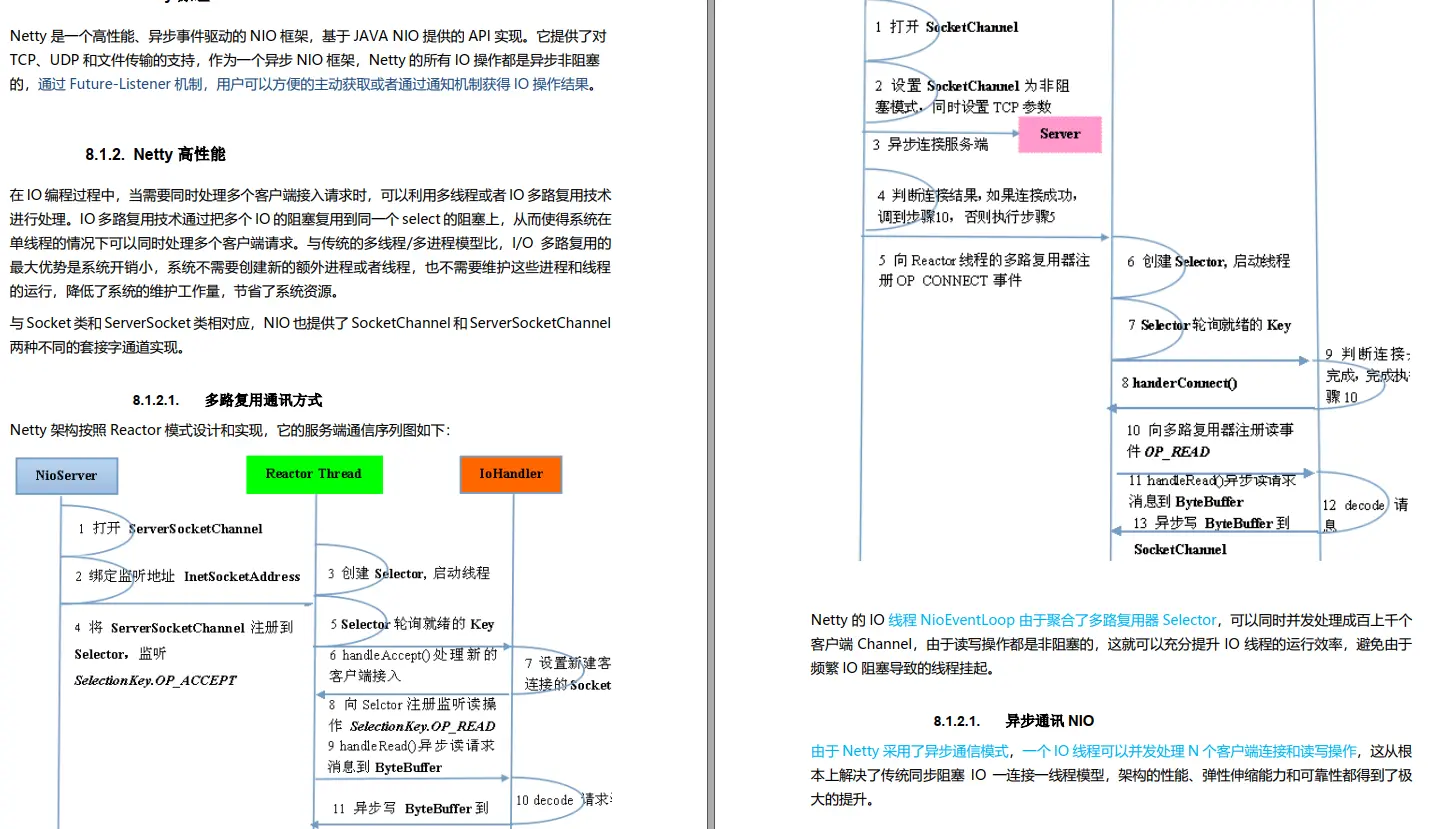
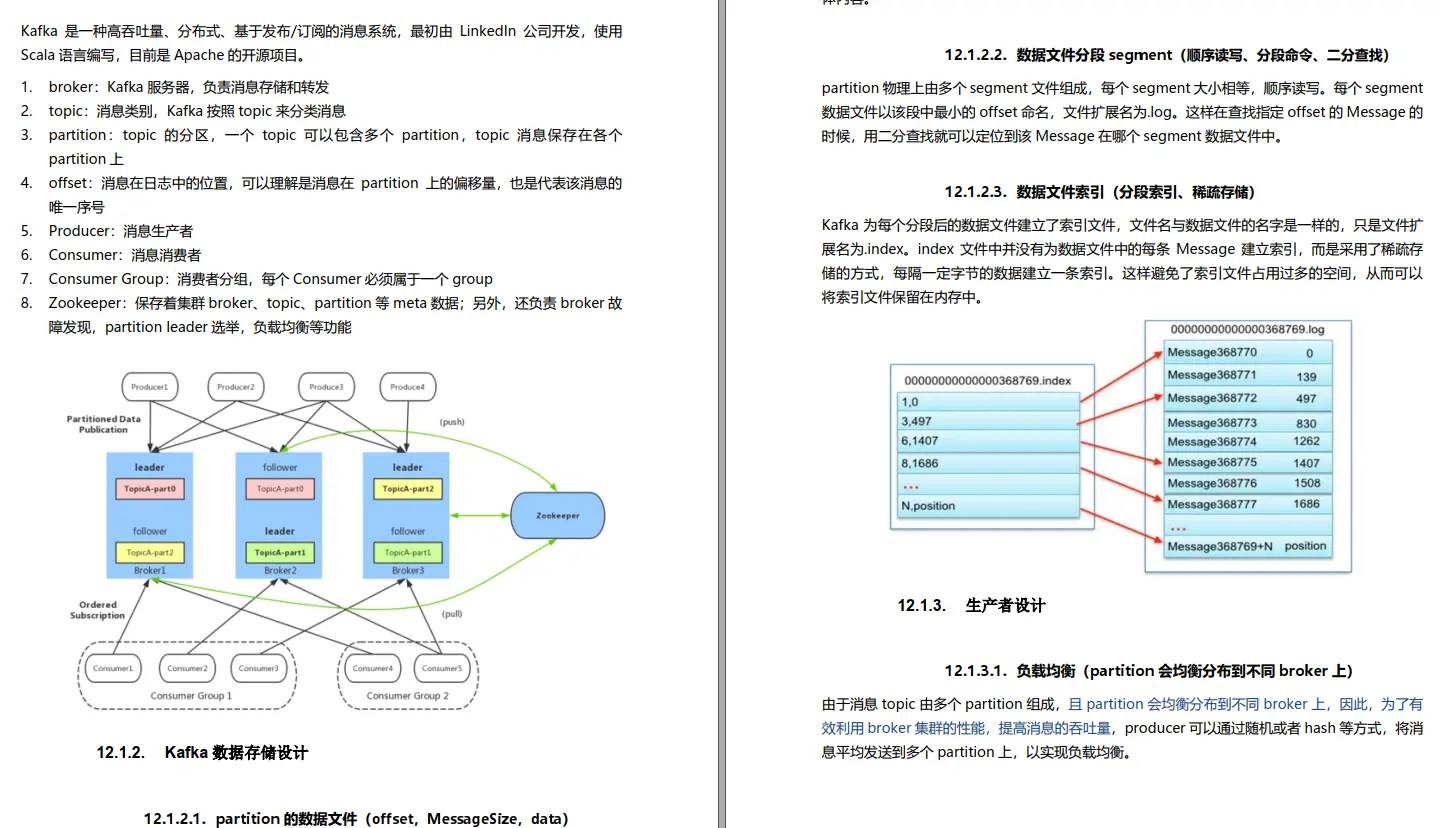
/**
从字符串中加载公钥
@param publicKeyStr
-
公钥数据字符串 @throws Exception
-
加载公钥时产生的异常
*/
public static RSAPublicKey loadPublicKeyByStr(String publicKeyStr)
throws Exception {
try {
byte[] buffer = Base64.decode(publicKeyStr);
KeyFactory keyFactory = KeyFactory.getInstance(“RSA”);
X509EncodedKeySpec keySpec = new X509EncodedKeySpec(buffer);
return (RSAPublicKey) keyFactory.generatePublic(keySpec);
} catch (NoSuchAlgorithmException e) {
throw new Exception(“无此算法”);
} catch (InvalidKeySpecException e) {
throw new Exception(“公钥非法”);
} catch (NullPointerException e) {
throw new Exception(“公钥数据为空”);
}
}
/**
从文件中加载私钥
@param keyFileName
-
私钥文件名 @return 是否成功
@throws Exception
*/
public static String loadPrivateKeyByFile(String path) throws Exception {
try {
BufferedReader br = new BufferedReader(new FileReader(path
- “/privateKey.keystore”));
String readLine = null;
StringBuilder sb = new StringBuilder();
while ((readLine = br.readLine()) != null) {
sb.append(readLine);
}
br.close();
return sb.toString();
} catch (IOException e) {
throw new Exception(“私钥数据读取错误”);
} catch (NullPointerException e) {
throw new Exception(“私钥输入流为空”);
}
}
public static RSAPrivateKey loadPrivateKeyByStr(String privateKeyStr)
throws Exception {
try {
byte[] buffer = Base64.decode(privateKeyStr);
PKCS8EncodedKeySpec keySpec = new PKCS8EncodedKeySpec(buffer);
KeyFactory keyFactory = KeyFactory.getInstance(“RSA”);
return (RSAPrivateKey) keyFactory.generatePrivate(keySpec);
} catch (NoSuchAlgorithmException e) {
throw new Exception(“无此算法”);
} catch (InvalidKeySpecException e) {
throw new Exception(“私钥非法”);
} catch (NullPointerException e) {
throw new Exception(“私钥数据为空”);
}
}
/**
公钥加密过程
@param publicKey
-
公钥 @param plainTextData
-
明文数据 @return
@throws Exception
-
加密过程中的异常信息
*/
public static byte[] encrypt(RSAPublicKey publicKey, byte[] plainTextData)
throws Exception {
if (publicKey == null) {
throw new Exception(“加密公钥为空, 请设置”);
}
Cipher cipher = null;
try {
// 使用默认RSA
cipher = Cipher.getInstance(“RSA”);
// cipher= Cipher.getInstance(“RSA”, new BouncyCastleProvider());
cipher.init(Cipher.ENCRYPT_MODE, publicKey);
byte[] output = cipher.doFinal(plainTextData);
return output;
} catch (NoSuchAlgorithmException e) {
throw new Exception(“无此加密算法”);
} catch (NoSuchPaddingException e) {
e.printStackTrace();
return null;
} catch (InvalidKeyException e) {
throw new Exception(“加密公钥非法,请检查”);
} catch (IllegalBlockSizeException e) {
throw new Exception(“明文长度非法”);
} catch (BadPaddingException e) {
throw new Exception(“明文数据已损坏”);
}
}
/**
私钥加密过程
@param privateKey
-
私钥 @param plainTextData
-
明文数据 @return
@throws Exception
-
加密过程中的异常信息
*/
public static byte[] encrypt(RSAPrivateKey privateKey, byte[] plainTextData)
throws Exception {
if (privateKey == null) {
throw new Exception(“加密私钥为空, 请设置”);
}
Cipher cipher = null;
try {
// 使用默认RSA
cipher = Cipher.getInstance(“RSA”);
cipher.init(Cipher.ENCRYPT_MODE, privateKey);
byte[] output = cipher.doFinal(plainTextData);
return output;
} catch (NoSuchAlgorithmException e) {
throw new Exception(“无此加密算法”);
} catch (NoSuchPaddingException e) {
e.printStackTrace();
return null;
} catch (InvalidKeyException e) {
throw new Exception(“加密私钥非法,请检查”);
} catch (IllegalBlockSizeException e) {
throw new Exception(“明文长度非法”);
} catch (BadPaddingException e) {
throw new Exception(“明文数据已损坏”);
}
}
/**
私钥解密过程
@param privateKey
-
私钥 @param cipherData
-
密文数据 @return 明文
@throws Exception
-
解密过程中的异常信息
*/
public static byte[] decrypt(RSAPrivateKey privateKey, byte[] cipherData)
throws Exception {
if (privateKey == null) {
throw new Exception(“解密私钥为空, 请设置”);
}
Cipher cipher = null;
try {
// 使用默认RSA
cipher = Cipher.getInstance(“RSA”);
// cipher= Cipher.getInstance(“RSA”, new BouncyCastleProvider());
cipher.init(Cipher.DECRYPT_MODE, privateKey);
byte[] output = cipher.doFinal(cipherData);
return output;
} catch (NoSuchAlgorithmException e) {
throw new Exception(“无此解密算法”);
} catch (NoSuchPaddingException e) {
e.printStackTrace();
return null;
} catch (InvalidKeyException e) {
throw new Exception(“解密私钥非法,请检查”);
} catch (IllegalBlockSizeException e) {
throw new Exception(“密文长度非法”);
} catch (BadPaddingException e) {
throw new Exception(“密文数据已损坏”);
}
}
/**
公钥解密过程
@param publicKey
-
公钥 @param cipherData
-
密文数据 @return 明文
@throws Exception
-
解密过程中的异常信息
*/
public static byte[] decrypt(RSAPublicKey publicKey, byte[] cipherData)
throws Exception {
if (publicKey == null) {
throw new Exception(“解密公钥为空, 请设置”);
}
Cipher cipher = null;
try {
// 使用默认RSA
cipher = Cipher.getInstance(“RSA”);
// cipher= Cipher.getInstance(“RSA”, new BouncyCastleProvider());
cipher.init(Cipher.DECRYPT_MODE, publicKey);
byte[] output = cipher.doFinal(cipherData);
return output;
} catch (NoSuchAlgorithmException e) {
throw new Exception(“无此解密算法”);
} catch (NoSuchPaddingException e) {
e.printStackTrace();
return null;
} catch (InvalidKeyException e) {
throw new Exception(“解密公钥非法,请检查”);
} catch (IllegalBlockSizeException e) {
throw new Exception(“密文长度非法”);
} catch (BadPaddingException e) {
throw new Exception(“密文数据已损坏”);
}
}
/**
字节数据转十六进制字符串
@param data
-
输入数据 @return 十六进制内容
*/
public static String byteArrayToString(byte[] data) {
StringBuilder stringBuilder = new StringBuilder();
for (int i = 0; i < data.length; i++) {
// 取出字节的高四位 作为索引得到相应的十六进制标识符 注意无符号右移
stringBuilder.append(HEX_CHAR[(data[i] & 0xf0) >>> 4]);
// 取出字节的低四位 作为索引得到相应的十六进制标识符
stringBuilder.append(HEX_CHAR[(data[i] & 0x0f)]);
if (i < data.length - 1) {
stringBuilder.append(’ ');
}
}
return stringBuilder.toString();
}
}
签名及校验类:
package com.ihep;
import java.security.KeyFactory;
import java.security.PrivateKey;
import java.security.PublicKey;
import java.security.spec.PKCS8EncodedKeySpec;
import java.security.spec.X509EncodedKeySpec;
/**
- RSA签名验签类
*/
public class RSASignature{
/**
- 签名算法
*/
public static final String SIGN_ALGORITHMS = “SHA1WithRSA”;
/**
RSA签名
@param content 待签名数据
@param privateKey 商户私钥
@param encode 字符集编码
@return 签名值
*/
public static String sign(String content, String privateKey, String encode)
{
try
{
PKCS8EncodedKeySpec priPKCS8 = new PKCS8EncodedKeySpec( Base64.decode(privateKey) );
KeyFactory keyf = KeyFactory.getInstance(“RSA”);
PrivateKey priKey = keyf.generatePrivate(priPKCS8);
java.security.Signature signature = java.security.Signature.getInstance(SIGN_ALGORITHMS);
signature.initSign(priKey);
signature.update( content.getBytes(encode));
byte[] signed = signature.sign();
return Base64.encode(signed);
}
catch (Exception e)
{
e.printStackTrace();
}
return null;
}
public static String sign(String content, String privateKey)
{
try
{
PKCS8EncodedKeySpec priPKCS8 = new PKCS8EncodedKeySpec( Base64.decode(privateKey) );
KeyFactory keyf = KeyFactory.getInstance(“RSA”);
PrivateKey priKey = keyf.generatePrivate(priPKCS8);
java.security.Signature signature = java.security.Signature.getInstance(SIGN_ALGORITHMS);
signature.initSign(priKey);
signature.update( content.getBytes());
byte[] signed = signature.sign();
return Base64.encode(signed);
}
catch (Exception e)
{
e.printStackTrace();
}
return null;
}
/**
RSA验签名检查
@param content 待签名数据
@param sign 签名值
@param publicKey 分配给开发商公钥
@param encode 字符集编码
@return 布尔值
*/
public static boolean doCheck(String content, String sign, String publicKey,String encode)
{
try
{
KeyFactory keyFactory = KeyFactory.getInstance(“RSA”);
byte[] encodedKey = Base64.decode(publicKey);
PublicKey pubKey = keyFactory.generatePublic(new X509EncodedKeySpec(encodedKey));
java.security.Signature signature = java.security.Signature
.getInstance(SIGN_ALGORITHMS);
signature.initVerify(pubKey);
signature.update( content.getBytes(encode) );
boolean bverify = signature.verify( Base64.decode(sign) );
return bverify;
}
catch (Exception e)
{
e.printStackTrace();
}
return false;
}
public static boolean doCheck(String content, String sign, String publicKey)
{
try
{
KeyFactory keyFactory = KeyFactory.getInstance(“RSA”);
byte[] encodedKey = Base64.decode(publicKey);
PublicKey pubKey = keyFactory.generatePublic(new X509EncodedKeySpec(encodedKey));
java.security.Signature signature = java.security.Signature
.getInstance(SIGN_ALGORITHMS);
signature.initVerify(pubKey);
signature.update( content.getBytes() );
boolean bverify = signature.verify( Base64.decode(sign) );
return bverify;
}
catch (Exception e)
{
e.printStackTrace();
}
return false;
}
}
再来一个Base64的类,当然你也可以用commons-codec-1.9.jar
package com.ihep;
public final class Base64 {
static private final int BASELENGTH = 128;
static private final int LOOKUPLENGTH = 64;
static private final int TWENTYFOURBITGROUP = 24;
static private final int EIGHTBIT = 8;
static private final int SIXTEENBIT = 16;
static private final int FOURBYTE = 4;
static private final int SIGN = -128;
static private final char PAD = ‘=’;
static private final boolean fDebug = false;
static final private byte[] base64Alphabet = new byte[BASELENGTH];
static final private char[] lookUpBase64Alphabet = new char[LOOKUPLENGTH];
static {
for (int i = 0; i < BASELENGTH; ++i) {
base64Alphabet[i] = -1;
}
for (int i = ‘Z’; i >= ‘A’; i–) {
base64Alphabet[i] = (byte) (i - ‘A’);
}
for (int i = ‘z’; i >= ‘a’; i–) {
base64Alphabet[i] = (byte) (i - ‘a’ + 26);
}
for (int i = ‘9’; i >= ‘0’; i–) {
base64Alphabet[i] = (byte) (i - ‘0’ + 52);
}
base64Alphabet[‘+’] = 62;
base64Alphabet[‘/’] = 63;
for (int i = 0; i <= 25; i++) {
lookUpBase64Alphabet[i] = (char) (‘A’ + i);
}
for (int i = 26, j = 0; i <= 51; i++, j++) {
lookUpBase64Alphabet[i] = (char) (‘a’ + j);
}
for (int i = 52, j = 0; i <= 61; i++, j++) {
lookUpBase64Alphabet[i] = (char) (‘0’ + j);
}
lookUpBase64Alphabet[62] = (char) ‘+’;
lookUpBase64Alphabet[63] = (char) ‘/’;
}
private static boolean isWhiteSpace(char octect) {
return (octect == 0x20 || octect == 0xd || octect == 0xa || octect == 0x9);
}
private static boolean isPad(char octect) {
return (octect == PAD);
}
private static boolean isData(char octect) {
return (octect < BASELENGTH && base64Alphabet[octect] != -1);
}
/**
Encodes hex octects into Base64
@param binaryData Array containing binaryData
@return Encoded Base64 array
*/
public static String encode(byte[] binaryData) {
if (binaryData == null) {
return null;
}
int lengthDataBits = binaryData.length * EIGHTBIT;
if (lengthDataBits == 0) {
return “”;
}
int fewerThan24bits = lengthDataBits % TWENTYFOURBITGROUP;
int numberTriplets = lengthDataBits / TWENTYFOURBITGROUP;
int numberQuartet = fewerThan24bits != 0 ? numberTriplets + 1 : numberTriplets;
char encodedData[] = null;
encodedData = new char[numberQuartet * 4];
byte k = 0, l = 0, b1 = 0, b2 = 0, b3 = 0;
int encodedIndex = 0;
int dataIndex = 0;
if (fDebug) {
System.out.println("number of triplets = " + numberTriplets);
}
for (int i = 0; i < numberTriplets; i++) {
b1 = binaryData[dataIndex++];
b2 = binaryData[dataIndex++];
b3 = binaryData[dataIndex++];
if (fDebug) {
System.out.println("b1= " + b1 + ", b2= " + b2 + ", b3= " + b3);
}
l = (byte) (b2 & 0x0f);
k = (byte) (b1 & 0x03);
byte val1 = ((b1 & SIGN) == 0) ? (byte) (b1 >> 2) : (byte) ((b1) >> 2 ^ 0xc0);
byte val2 = ((b2 & SIGN) == 0) ? (byte) (b2 >> 4) : (byte) ((b2) >> 4 ^ 0xf0);
byte val3 = ((b3 & SIGN) == 0) ? (byte) (b3 >> 6) : (byte) ((b3) >> 6 ^ 0xfc);
笔者福利
以下是小编自己针对马上即将到来的金九银十准备的一套“面试宝典”,不管是技术还是HR的问题都有针对性的回答。
有了这个,面试踩雷?不存在的!
回馈粉丝,诚意满满!!!

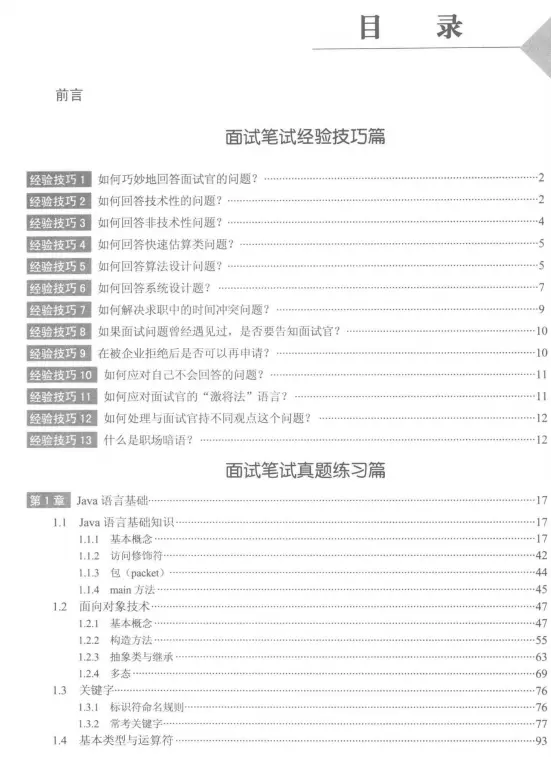


}
for (int i = 0; i < numberTriplets; i++) {
b1 = binaryData[dataIndex++];
b2 = binaryData[dataIndex++];
b3 = binaryData[dataIndex++];
if (fDebug) {
System.out.println("b1= " + b1 + ", b2= " + b2 + ", b3= " + b3);
}
l = (byte) (b2 & 0x0f);
k = (byte) (b1 & 0x03);
byte val1 = ((b1 & SIGN) == 0) ? (byte) (b1 >> 2) : (byte) ((b1) >> 2 ^ 0xc0);
byte val2 = ((b2 & SIGN) == 0) ? (byte) (b2 >> 4) : (byte) ((b2) >> 4 ^ 0xf0);
byte val3 = ((b3 & SIGN) == 0) ? (byte) (b3 >> 6) : (byte) ((b3) >> 6 ^ 0xfc);
笔者福利
以下是小编自己针对马上即将到来的金九银十准备的一套“面试宝典”,不管是技术还是HR的问题都有针对性的回答。
有了这个,面试踩雷?不存在的!
回馈粉丝,诚意满满!!!
[外链图片转存中…(img-0iLIDuep-1714856977064)]
[外链图片转存中…(img-7Q2QkTJG-1714856977064)]
[外链图片转存中…(img-geHBVrGp-1714856977065)]
[外链图片转存中…(img-GlJXW5Mr-1714856977065)]
